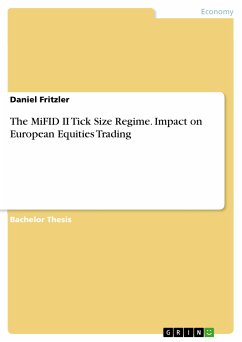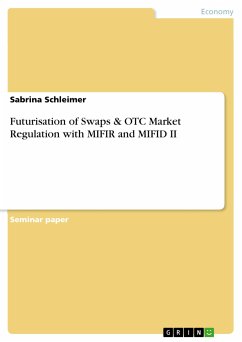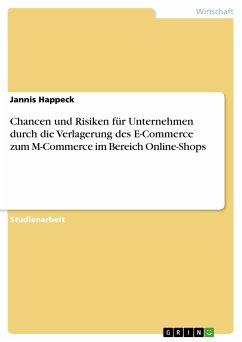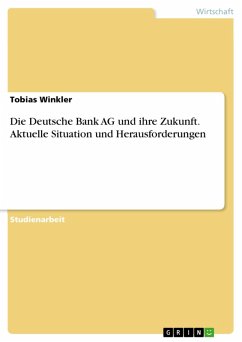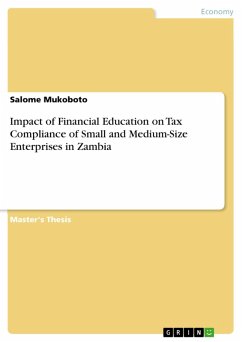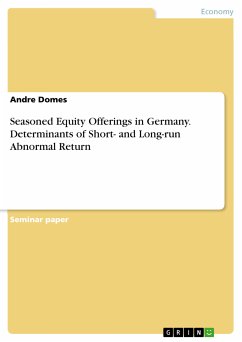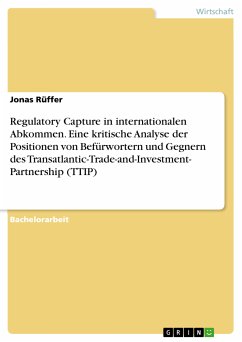Bachelor Thesis from the year 2018 in the subject Business economics - Investment and Finance, grade: 1,3, University of Frankfurt (Main) (Professur für e-Finance), language: English, abstract: Before the Markets in Financial Instruments Directive (MiFID I) was applied in 2007, exchanges were able to implement their own tick size without being concerned about competition, since trading was concentrated to the incumbent exchanges. The increased fragmentation and competition after the introduction of MiFID I in Europe started a race between the incumbent exchanges and alternative venues towards everfiner tick sizes in order to offer better prices and gain market share. Over the past few years, this trend has increased and caused adverse effects on the market quality. On March 3rd, 2018, MiFID II introduced a harmonized tick size regime that takes each stock's price and liquidity into account in order to address the negative impact of the \race to the bottom" that began with MiFID I. The aim of this bachelor thesis is to investigate whether the introduction of the MiFID II tick size regime has achieved its desired effect of positively impacting the European equity market quality. Therefore, I will study and summarize the existing literature about the general effect of tick size changes on security markets, whereby I distinguish between tick size changes that are caused by changes in tick size rules and price movements. Furthermore, I will introduce the main concepts of the new regulatory framework Markets in Financial Instruments Directive II / Markets in Financial Instruments Regulation (MiFID II/MiFIR) with a focus on the new tick size regime and its consequences for the European market. The core of this paper is the empirical study on the effects of tick size changes brought about by MiFID II's tick size regime on market quality, using data from the German home market Xetra. I will first investigate the overall impact of the regime on the most frequently traded stocks listed on Xetra by observing different measures of liquidity, such as transaction costs, market depth, trading volumes and price volatility. In addition, I provide separate results for the different effects of decreases and increases in tick size. Secondly, I examine the impact of the new regulatory framework and its tick size regime on the market share redistribution in Europe. This allows to determine whether the contentious exemption of systematic internalisers from the regime creates an unfair advantage at the expense of regulated markets.
Dieser Download kann aus rechtlichen Gründen nur mit Rechnungsadresse in A, B, BG, CY, CZ, D, DK, EW, E, FIN, F, GR, HR, H, IRL, I, LT, L, LR, M, NL, PL, P, R, S, SLO, SK ausgeliefert werden.

